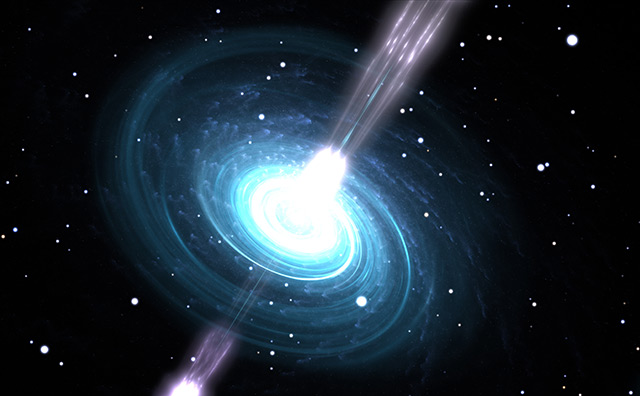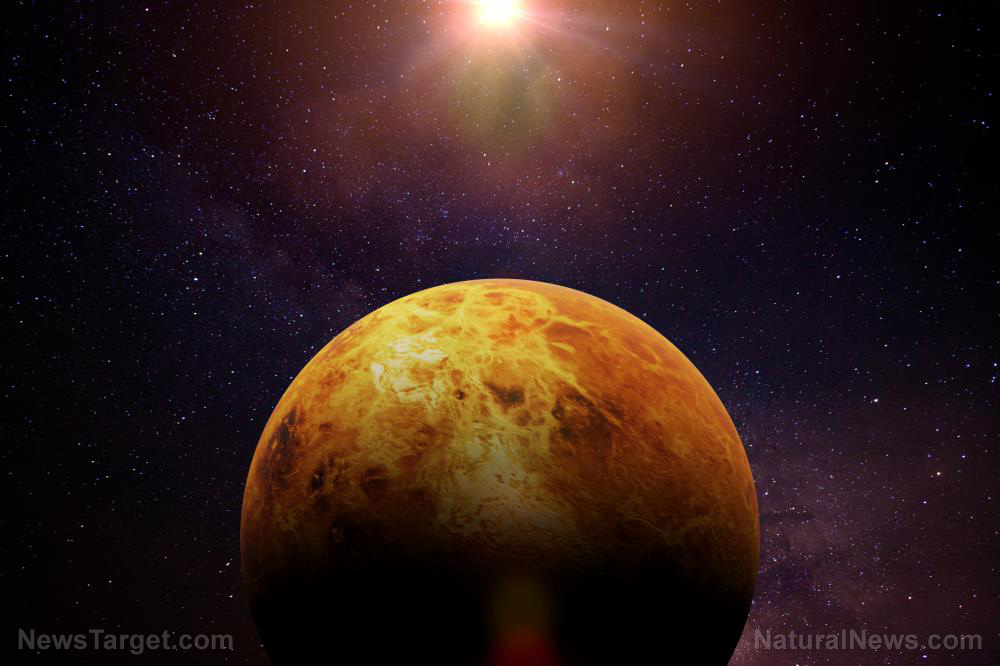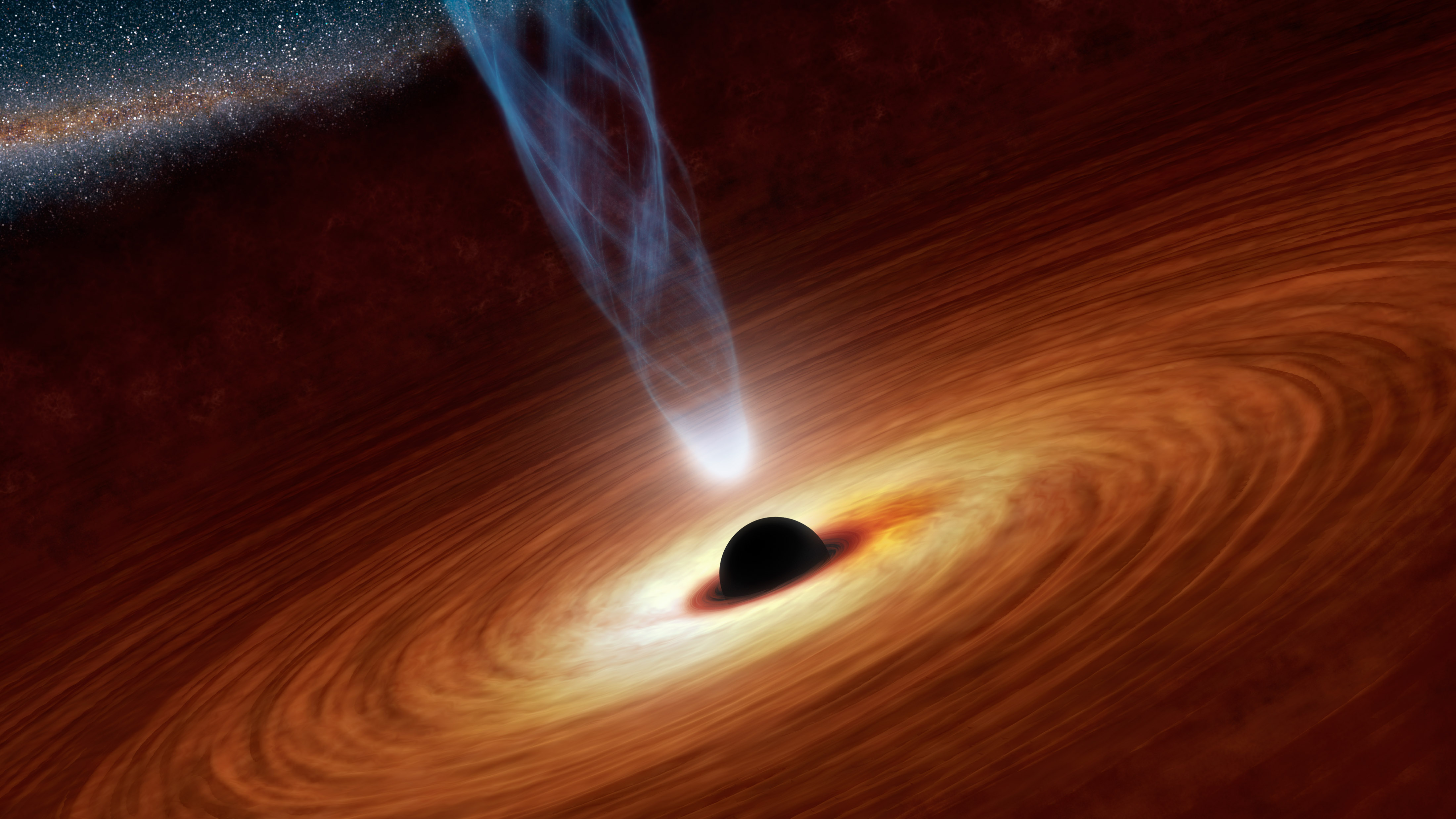Heavy metal rain: Colossal “kilonova” explosions may be showering a nearby galaxy in gold and platinum
09/24/2020 / By Virgilio Marin

It’s not uncommon for cosmic objects such as stars to crash into each other. Such mergers generate massive explosions and send gravitational waves rippling through the cosmos.
Mergers involving neutron stars are particularly strong. They result in a massive, turbocharged explosion called a kilonova that can be observed in nearly all space telescopes on Earth.
An international team of researchers recently sorted through data on two such mergers. One of these events is a confirmed blast between two neutron stars that resulted in a kilonova. Using data on this event, the researchers confirmed that the other merger also produced a kilonova.
“It was a nearly perfect match,” said lead author Elena Troja, an associate research scientist at the University of Maryland. “The infrared data for both events have similar luminosities and exactly the same time scale.”
What’s more, a kilonova may forge heavy metals in an instant, according to the researchers. These metals are scattered across the galaxy in every direction and are worth the reserves of gold and platinum of hundreds of planets.
The findings of the study were published in the Monthly Notices of the Royal Astronomical Society.
Scientists detect a kilonova
Scientists obtained the first evidence for a neutron star merger in 2017 when astronomers at the Laser Interferometer Gravitational-Wave Observatory (LIGO) detected gravitational waves pulsing out of a stellar crash site.
With this newfound information, the researchers revisited a series of gamma-ray bursts recorded in 2016. This event, tagged as GRB160821B, was detected shortly after its source event occurred. It was observable from every major telescope and piqued the interest of many astronomers, including Troja.
“The 2016 event was very exciting at first. It was nearby and visible with every major telescope,” said Troja. However, their predictions at the time did not match the event’s actual trajectory. They expected its infrared emissions to become brighter over the next several weeks. Instead, the emissions fizzled 10 days later.
Years later, Troja’s team compared the data on the 2016 and 2017 events and confirmed that what they observed in 2016 was a kilonova. They suspected that the 2016 kilonova was caused by a neutron star merger based on the event’s similarities with the 2017 collision. Kilonovae can also result from the merger of a black hole and neutron star, but scientists are still uncertain whether such a merger produces a different signature in radio, infrared, X-ray and optical light observations.
Although the 2016 observations did not contain as much as the 2017 data, they provided crucial insights into the early stages of a kilonova. For one, the researchers were able to catch a glimpse of the debris left behind the blast, information that was absent in the 2017 observations.
“The remnant could be a highly magnetized, hypermassive neutron star known as a magnetar, which survived the collision and then collapsed into a black hole,” said co-author Geoffrey Ryan, a postdoctoral fellow at the University of Maryland.
He added that the finding was “interesting” because a kilonova’s infrared light signature mainly comes from the heavy metals produced by the explosion. Current understanding of how magnetars work would suggest that the production of heavy metals should slow down or cease completely in a magnetar.
“Our analysis suggests that heavy metals are somehow able to escape the quenching influence of the remnant object,” he said. (Related: Astronomers: Dead star sent massive X-ray, radio waves to Earth.)
The team plans to use these findings to assess past events and improve their approach to future observations. Troja, in particular, is interested in events that give off strong infrared signals – a major indicator of heavy metal production.
Sources include:
Tagged Under: black hole, cool science, cosmic, elements, gold, gravitational wave, kilonova, magnetar, neutron-star merger, platinum, Space, space metals, space research
RECENT NEWS & ARTICLES
COPYRIGHT © 2017 SPACE.COM
All content posted on this site is protected under Free Speech. Space.com is not responsible for content written by contributing authors. The information on this site is provided for educational and entertainment purposes only. It is not intended as a substitute for professional advice of any kind. Space.com assumes no responsibility for the use or misuse of this material. All trademarks, registered trademarks and service marks mentioned on this site are the property of their respective owners.















